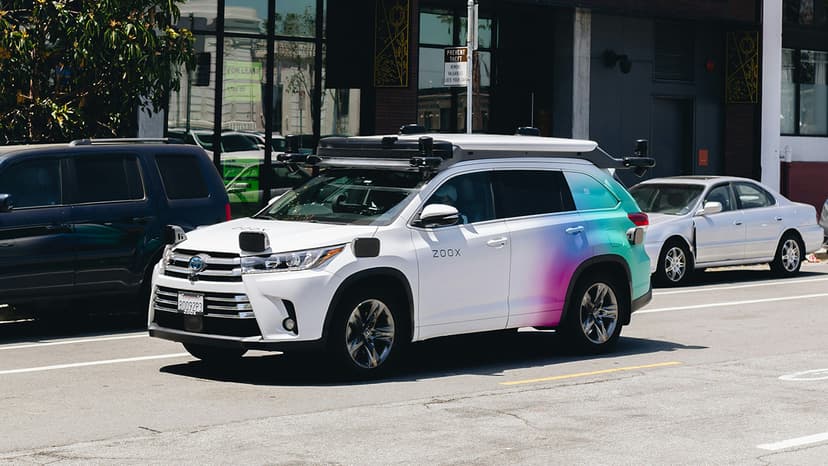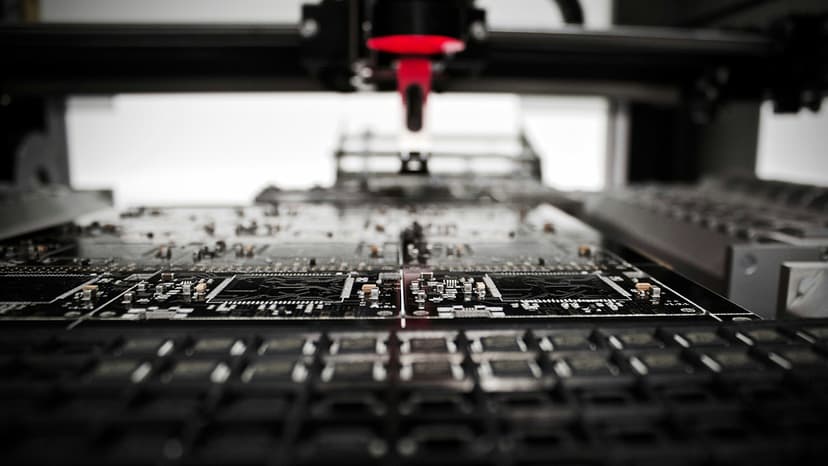Multimodal AI: Seeing, Hearing, and Understanding
The world is full of information, and we take it in through different ways: seeing pictures, hearing sounds, reading words. For computers to truly assist us, they need to be able to do the same. That's where multimodal AI comes in. It combines various types of data to create a more complete and useful interaction. This article will explain how multimodal AI works and why it is so important.
What is Multimodal AI?
Multimodal AI is a type of artificial intelligence that can process and connect information from multiple sources. These sources include text, images, audio, and video. Instead of working with each type of data separately, multimodal AI combines them to gain a richer, more complete view.
For example, imagine a program that can "watch" a video of someone cooking. A traditional AI might only be able to identify objects in the video or transcribe the spoken words. A multimodal AI can do much more. It can recognize the ingredients, hear the instructions, see the steps being taken, and then provide a summary or even suggest changes to the recipe.
How Does It Work?
The key to multimodal AI is the creation of joint representations. This means the AI learns to translate different types of input into a common "language" or form. The process usually includes these steps:
- Data Input: The AI receives data from different sources (text, images, audio, video).
- Feature Extraction: Each data source is processed to extract key features. For example, in an image, features might include edges, textures, and colors. In audio, features might include pitch, tone, and rhythm. In text, it could be keywords and sentiment.
- Fusion: This is where the extracted features are combined. Different methods can be used to do this; some simple, some complex. The simplest is straightforward addition or concatenation of extracted features. More complex approaches involve attention mechanisms. Attention mechanisms allow the AI to prioritize and weigh certain features over others, which improves accuracy.
- Reasoning and Output: Once data is fused, AI can then use all information to do tasks like generating captions, answering questions, or making predictions.
Advantages of Multimodal AI
Using multiple data sources delivers some key advantages over single-source AI. The accuracy improves with combined information. The AI also gets a better context of what it's dealing with. It can handle difficult situations which is impossible for single-source AI.
-
Improved Accuracy: Combining data often leads to more correct results. If a program mishears a word but sees the corresponding image, it can often fill in the gap.
-
Enhanced Context: Different data types provide different parts of the story. Seeing a picture alongside text provides the program with more details, makes its analysis more reliable.
-
Increased Robustness: Multimodal AI can manage situations where one data source is unclear or missing. If the audio in a video is muffled, the video might still have captions, which it can use instead.
-
More Intuitive Interactions: Humans naturally use many inputs to interact with the world. AIs that do the same feel more natural and user-friendly.
Real-World Examples
Multimodal AI already exists in different forms around us. Here are some examples.
- Self-Driving Cars: These vehicles use cameras (images), lidar(laser based detection), radar (radio wave based detection), and GPS (location based data) to see and understand their environment, making decisions about navigation and safety.
- Voice Assistants: Voice assistants like Siri or Alexa use both speech recognition (audio) and text comprehension to respond to your requests. Some are now integrating visual input to understand their surroundings.
- Medical Diagnosis: Doctors can use systems that integrate medical images (X-rays, MRIs) with patient history (text) and audio of heart sounds to make more accurate diagnoses.
- Content Recommendation: Websites that recommend items like suggested videos can combine your viewing history (video), search queries (text), and information about your location to build more relevant recommendations.
- Social Media Analysis: Social media can be analyzed using text, images, and videos together to get a better sense what's famous now and what people's opinions are.
The Future of Multimodal AI
The field of multimodal AI is growing rapidly. Here are some developing trends.
- Self-Supervised Learning: Developing techniques that use unlabeled data. This can decrease the costs and time of labeling data and allow the creation of more powerful AI systems.
- Explainable AI (XAI): Creating tools that help humans understand how multimodal AI systems make decisions. This is vitally importrant for trust and adoption, especially in sensitive areas like medicine and finance.
- Improved Fusion Techniques: Developing new and better ways to combine data from different sources is a constant area of research. This includes more effective attention mechanisms, transformer networks, and graph neural networks.
- Broader Application: Multimodal AI is expected to be used in more areas. These may include robotics, education, assistive technology for people with disabilities.
Challenges and Concerns
While multimodal AI holds great promise, some challenges must be addressed.
- Data Alignment: Combining different data types, making sure they align correctly can be difficult. Getting the datasets prepared need manual checking and correcting, particularly when data sources are captured at different rates (for example, syncing audio and video).
- Computational Cost: Multimodal AI models are often very big and need lots of computing power to train and run. This restricts broad use and means more energy is needed.
- Bias Amplification: AI models can inherit and amplify biases present in the training data. This is worse in multimodal AI, because biases in one data source can affect others, compounding the problem.
- Privacy: Multimodal data often contains sensitive details. Maintaining privacy and security is critically important, especially as these technologies become more advanced and ubiquitous.
Multimodal AI represents a big leap forward. In AI, it lets computers see, hear, and understand the world better, closer to the way humans do. It is changing how we interact with machines, starting new possibilities in areas from self-driving vehicles to medical care and more. Even as challenges are there, the future of multimodal AI is bright, and we can predict to see even more innovation and applications as the technology develops.












